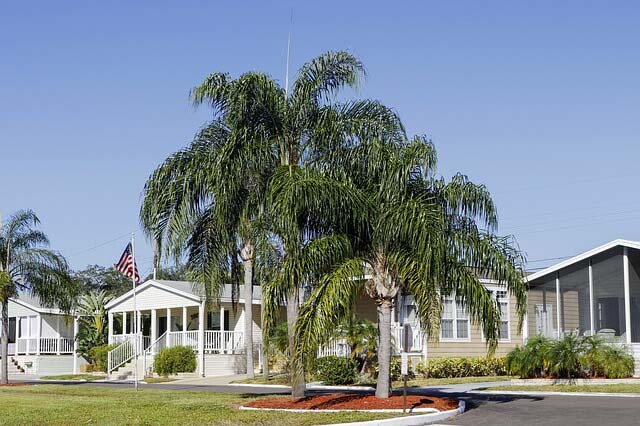The global pandemic changed expectations about the modern workplace. Employees have come to value a better work-life balance in which they have more control over where and how they work each day. According to a recent Gallup poll, only 9% of those surveyed said they’d prefer to work full-time at the office.
Now that the world is opening back up, the need for modern office space is a priority. Employers are looking for ways to create office spaces that support collaboration and creativity, in order to make the best use of employee in-building time.
Rise to the top of the market by adapting your commercial building to match these new demands. Workspaces should be sustainable, homey and modern with the flexibility post-COVID businesses desire.
1. Knock Down the Barriers
Gone are the days of large office spaces filled to capacity with sterile cubicles. Demands for flexible, modern workplaces call for a reversal of the traditional arrangement. Just a few years ago, the typical setup consisted of closed-off conference rooms and a few executive offices around a large room filled with mini cubicles. Each person had their own space, but all of the cubical walls inhibit collaboration.
To make the space inviting and functional for new business needs, knock down most of those walls in favor of flexible furniture and dividers. With these options, workers can move objects around to reflect the space they need for the task at hand. Include partitions and long tables to pull together for a larger meeting. Provide couches that can shift together to accommodate small work sessions. And individual pods that workers use for important calls or deep work.
The spaces you design should offer endless creative possibilities for the modern worker.
2. Cover Industrial Features
While industrial architecture became incredibly popular over the last decade, tastes have changed. Employees have enjoyed an unprecedented amount of time working from home and have gotten used to those comforts. By contrast, corporate offices can seem sterile, leaving workers eager to leave at the end of the day.
Business owners should offer modern workspaces that are warm and inviting. To accommodate the change in taste, cover sharp edges and industrial surfaces like concrete with more natural options like wood. Floors and walls should use materials more similar to someone’s living room. Keep things airy and bright with neutral white paint.
3. Bring in Natural Light
To add to the homey feel to your modern workspace, install extra windows to bring in more natural light. For top-floor office spaces, you could even consider adding some skylights. Remove any tinted treatments from your current windows to let in the most light possible.
Unfortunately, changing the windows will only take you so far. Maximize the sun you bring in by positioning some mirrors or other reflective surfaces throughout the space. Also, light will flow through better once you’ve knocked down the unnecessary walls.
Add to the effect by removing outdated fluorescent bulbs in favor of LED. These lights more closely mimic the sun and can improve moods and productivity almost as much as the real thing.
4. Think Sustainably
Global warming is a pressing issue, and the general public is starting to do something about it. However, workers aren’t satisfied with only making changes at home. They desire to work at businesses that share the same values. A modern, sustainable workspace is now a must.
Change only what truly needs replacing, or the environmental impact of using sustainable materials will be wasted. For example, replace old carpeting with recycled rubber flooring or bamboo, both of which are eco-friendly and highly durable.
Energy-efficient switches can help save the environment and save you money. Using LED lighting and occupancy-sensing technology to turn lights off when not in use will lower energy use. Also, install solar panels to create your own power or purchase it from a company that uses sustainable energy gathering.
5. Improve Connectivity
Technology advances every year, so you should be continually improving to remain relevant. One basic change you should seriously consider is optimizing cell service and Wi-Fi capabilities throughout your building.
In modern workplaces, employees use many different types of technology to get work done. These include cellphones, tablets and laptops. They need their connectivity to be as portable as they are. Also, since more meetings have a virtual component, reliability is an issue.
6. Build for Health and Wellness
With employee turnover at an all-time high, businesses are looking for ways to retain workers longer. As such, they’re investing in amenities and programs that promote health and wellness. Help them solve these problems with a well-designed, modern workspace.
While still leaving most of the area open, it may work to your advantage to close off a few key areas. For example, impress businesses that employ a lot of working mothers by providing fully enclosed pumping rooms with all the frills.
Also, including areas for things like an office gym or sleep pods for taking short naps during the day will go a long way toward convincing business owners you’re the solution they need.
Get on Board Now
These changes in office space design are becoming the new norm. Start making changes now, so you don’t get left in the dust. Businesses are looking for a modern workplace to help them create a positive experience for their employees and boost retention. Spaces should be multipurpose and foster creativity, collaboration and productivity.








